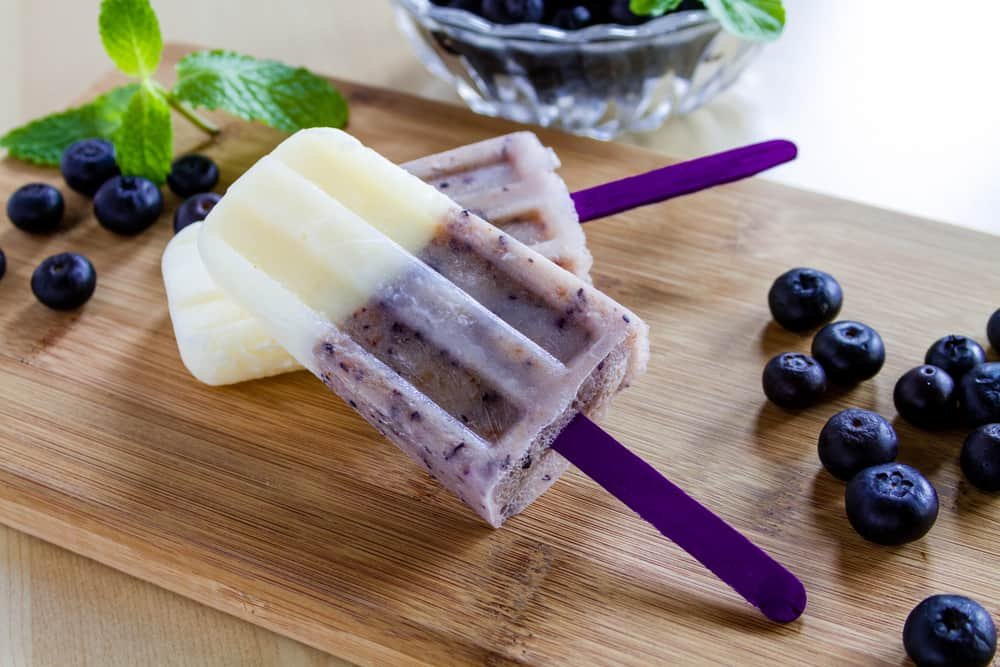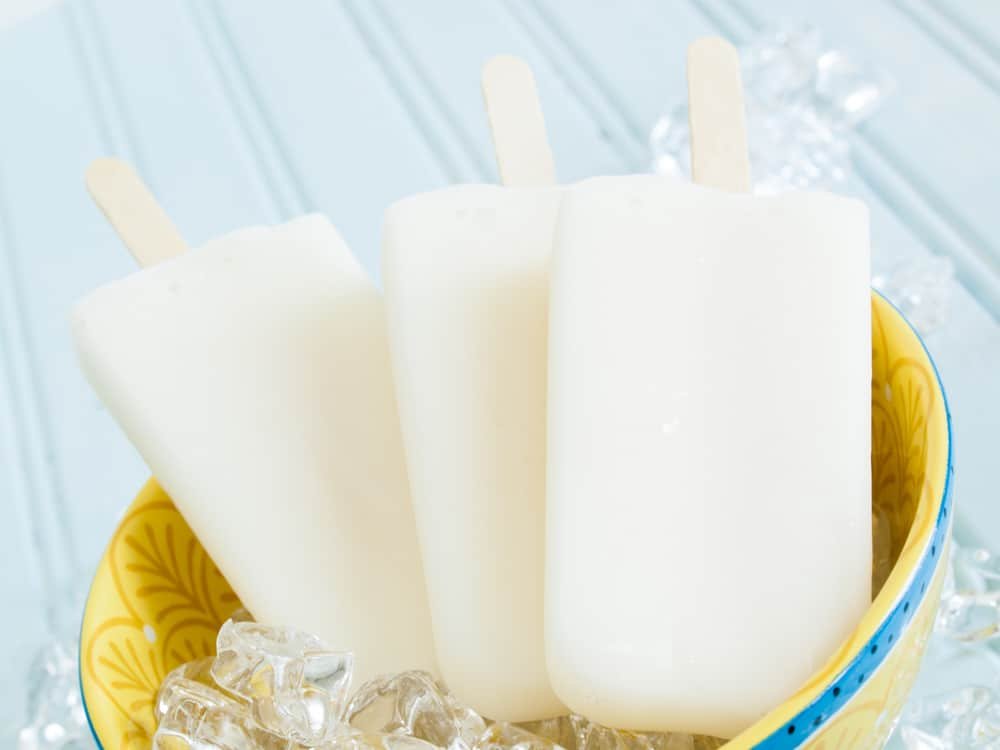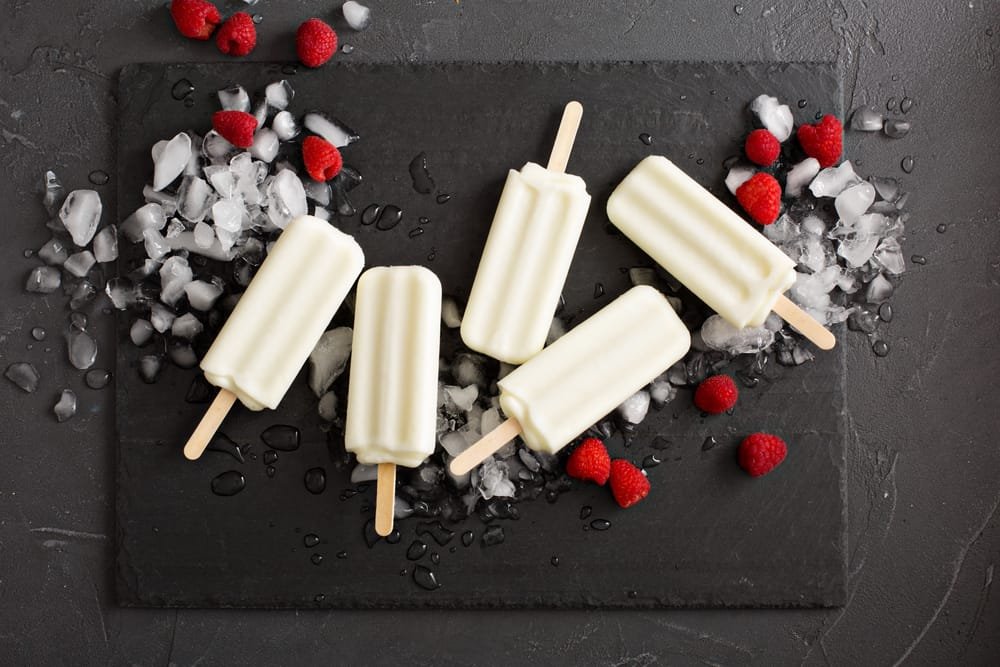Are you looking for a fun way to make feeding time more enjoyable for your baby? If so, this article is perfect for you! You will find everything you need to know to make frozen formula milk popsicles here.
Not only will your child love them, but they are also straightforward and inexpensive to make. This article provides step-by-step instructions on turning ordinary formula milk into delicious frozen popsicles your baby can enjoy.
Making freezer formula popsicles allows you to take them out on a hot day and return the leftovers to the freezer. Continue reading for additional information about how to make frozen formula pops.
Can you make Frozen Milk Pops with Formula?
Small popsicles are the perfect size for a baby’s little hands and, when made with formula, contain ingredients made for your baby’s nutritional needs. Though it is best to freeze breast milk, it is possible to freeze formula for making popsicles.

Can you Freeze Formula Milk to make Ice Lollies?
Liquid formula can be frozen to make ice lollies; however, it may not freeze as breast milk. When using powdered formula, ensure it has been mixed thoroughly and there are no clumps of formula powder.
Please note: Freezing powdered formula before mixing it with water is not recommended and does not extend the shelf life.
How to Freeze Formula Milk Safely?
Freezing a baby’s formula is convenient but should be done correctly to ensure it is safe. Freezing baby formula saves time, allowing you to freeze it and let it slowly thaw for use later in the day. Additionally, frozen formula lollies help soothe your baby when teething.
1. Gather Supplies
Before you start preparing the formula for freezing, gathering all the supplies needed is best. Items needed for making formula freezer pops include formula, water, storage containers, and something to create the freezer pops, such as an ice cube tray or popsicle mold.
2. Clean Hands Properly
Our hands carry a lot of bacteria, which can easily be transferred to our baby’s formula when creating frozen formula popsicles. Therefore, before preparing your baby’s food, formula, or popsicles, you must thoroughly wash your hands.
3. How much formula do you need?
Before freezing, determine how much formula is needed to ensure you can use it all before it expires. If you do not plan to use it often, making a small batch of formula popsicles is best. However, if you plan to use it often, especially when your baby is teething, it might be best to make a larger batch to save time.
4. Follow all Instructions provided by the Baby Formula Manufacturer
The formula manufacturer provides all instructions needed to make the baby formula. The packaging may also include information about the formula’s suitability for freezing because some ingredients may not work.
5. Select a Safe, Sterilized Container
Sterilize a heat-proof glass or silicone container (such as popsicle molds, ice cube trays, or silicone cupcake tins) by submerging it in boiling water. Let it stand in hot water for about 15 minutes. Using sterilized tongs, remove the container and allow it to air dry. When dry, it can be used to freeze infant formula.
6. Mix the Formula
Mix the formula in a sterilized container, such as a pitcher, using the number of scoops recommended by the manufacturer’s instructions. Mixing the formula in a pitcher makes it easier to pour into popsicle molds.
7. Pour Mixed Formula Into Containers
Carefully pour the mixed formula into the sterilized containers. Use a wire rack or support to hold containers while pouring the formula. Clean up any spillage on the rim or side of the containers.
8. Label Containers and Store Them in the Freezer
Label each container with the creation date, expiration date, and contents. For example, labeling formula popsicles ensures you do not give your baby an expired popsicle.

Is it Safe to Freeze Formula for Teething?
It is safe to freeze formula for teething; in fact, frozen formula popsicles work great in helping soothe your baby’s mouth when teething. The frozen formula gets cold enough to help numb their mouth while providing comfort and pain relief.
When can you give Baby Milk Popsicles?
Baby milk popsicles are best for your baby to soothe their mouth and gums when teething. Frozen baby milk or formula helps numb the mouth, providing pain relief. Baby milk popsicles also help on hot days to help cook your baby off.
Can you Freeze the Powdered Formula?
Refrain from freezing the powdered formula before mixing it with water. Though some believe freezing powdered formula can help extend the shelf life, it does not. Instead, the powdered formula should be kept in a cool, dry pantry and in a tightly sealed container to help it maintain its freshness. Also, freezing the powder may cause it not to mix well and separate when mixed with water.
How do you Thaw Frozen Formula?
If you are making formula popsicles, no thawing is needed because your baby will benefit more from the soothing coolness placed on their gums when teething. However, if you need to thaw the frozen formula, the best way is to put it in the refrigerator overnight. Thawing it in the fridge will allow the formula to thaw slowly without the risk of bacteria growth.
How long does the Formula last in the Freezer?
When properly prepared and stored in the freezer, baby formula can last up to five months—freezing the formula helps when planning to travel and transporting the formula in a cooler. Giving your baby the thawed formula within 24 hours is safe, but it must be kept at a temperature between 5 °F and 39 °F.
How long does the Formula last at room Temperature?
The formula is safe and stays fresh for about two hours at room temperature. Beyond two hours, it can spoil, making it unsafe to consume. If you have a formula left at room temperature for more than two hours, it is best to throw it out.
How long does the Formula last in the Refrigerator?
After adequately mixing the formula with water, it can be placed in the refrigerator. The formula can stay fresh for up to 24 hours in the fridge. It is always best to check the formula container for instructions on mixing the formula and store it after mixing it because some formulas have shorter or longer shelf lives.
What should you do with the Leftover Formula?
If you have the leftover formula and do not want it to go to waste, there are several things you can do to save it for later use. Even powdered formula can go bad after a while, and if you have more than you need, you may consider giving it away or freezing the mixed formula. Some things you can do with leftover formula may include the following:
- Freeze it (make extra frozen formula popsicles)
- Hold off mixing the formula with water until it is needed
- Give the powdered formula to family or friends who can use it
- Donate the powdered formula to a local food pantry or soup kitchen
- Use it in recipes like brownies, puddings, pancakes, etc.
- Feed it to your pet (check with your veterinarian first)

